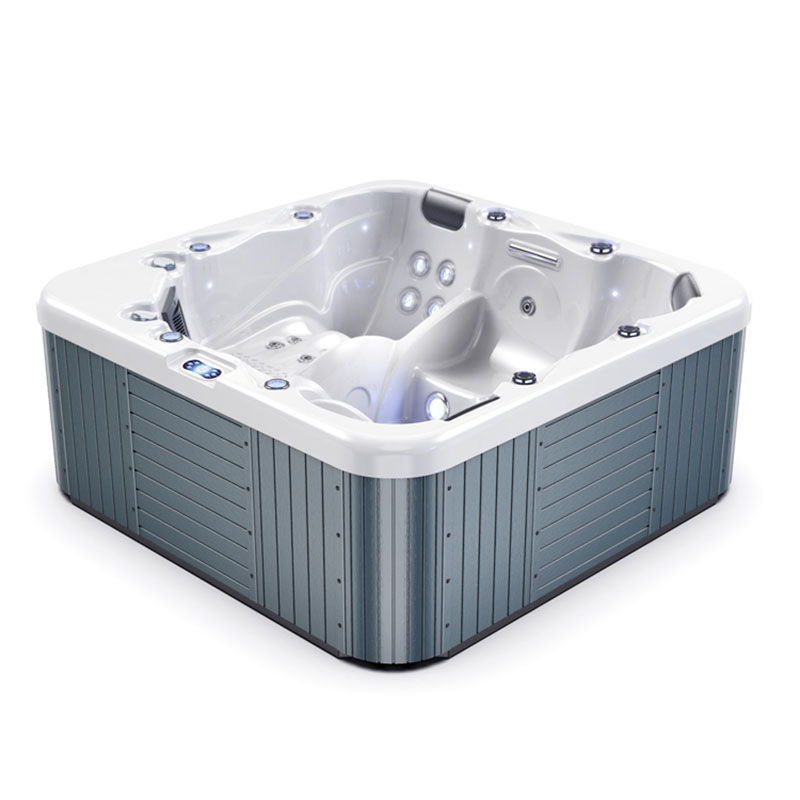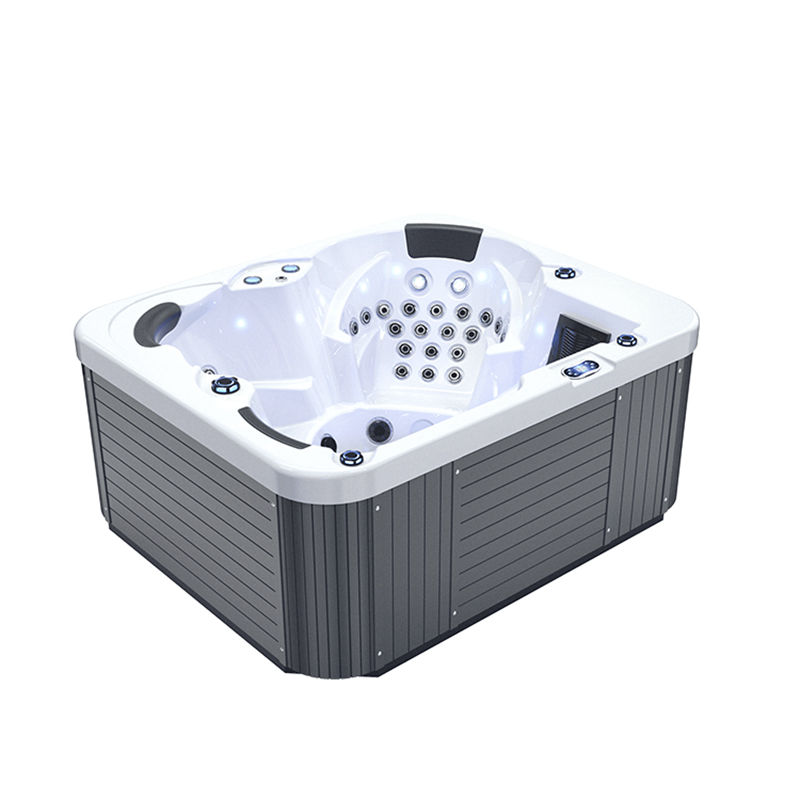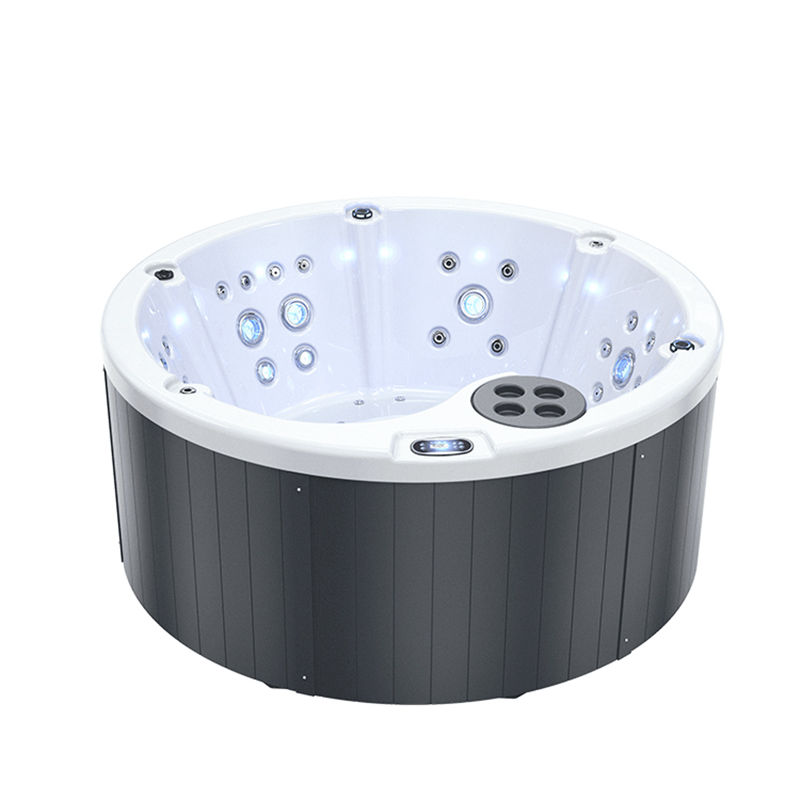Water maintenance is essential for users of swimming pools and spa jacuzzi bathtubs. Shock treatment is one of the most commonly used methods to keep water clean, kill bacteria and control algae. However, although pool shock and spa jacuzzi bathtub shock seem similar in concept, there are obvious differences between the two in actual application.
So, what is the difference between pool shock and spa jacuzzi bathtub shock? Are there any differences in how they are used, how often, and what chemicals are required? This article will explore the difference between the two in detail and explain why you should choose the appropriate shock treatment method according to different water environments.
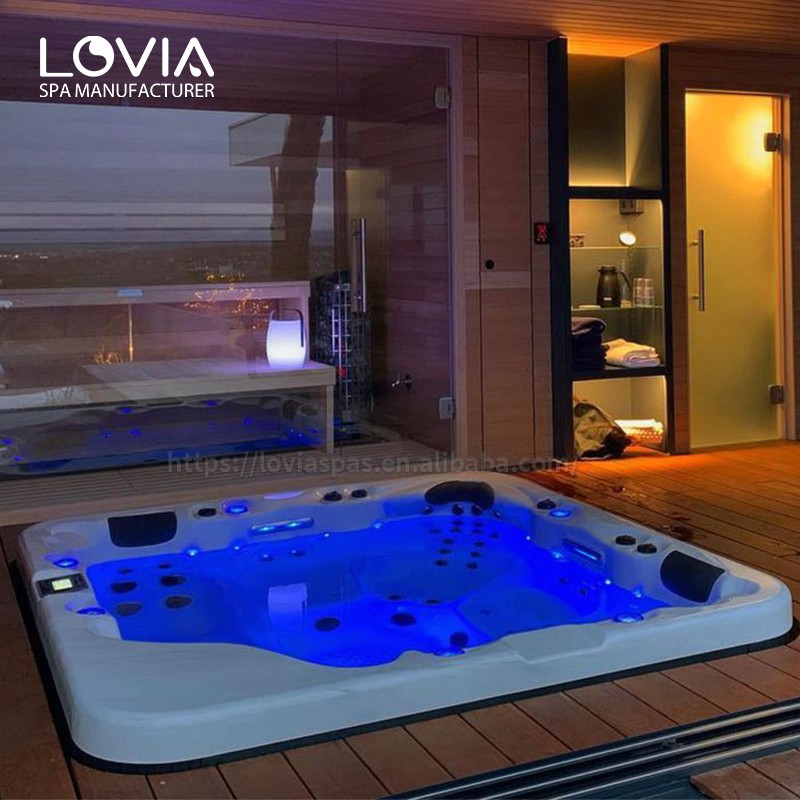
What is pool shock and spa jacuzzi bathtub shock?
Before understanding the difference between the two, it is necessary to first clarify what shock treatment is and its role in water maintenance.
Basic concept of shock treatment
Shock treatment, referred to as shock, is the process of removing impurities, bacteria and organic matter from water by using strong oxidants to quickly increase the concentration of disinfectants in water. Shock treatment helps clean water, eliminates chloramines (byproducts of chlorine reacting with organic matter), and ensures that bacteria and viruses in the water are effectively killed.
Shock treatment is usually used in the following situations:
● When the water quality becomes turbid or deteriorates.
● There is an odor or a noticeable chlorine smell in the water.
● A large amount of algae appears in the water.
● Deep cleaning after large-scale use of swimming pools or spa jacuzzi bathtubs.
Pool shock
Pool shock is mainly used in large-area water environments, such as home swimming pools, public swimming pools, or hotel swimming pools. Due to the large amount of water in the swimming pool and the complex sources of pollution, the main goal of pool shock is to quickly increase the concentration of effective chlorine (or other disinfectants) in the water to ensure that impurities and pathogens in the entire water body are cleaned.
Spa jacuzzi bathtub shock
Spa jacuzzi bathtub shock treatment is used for smaller volumes of water, usually private spa jacuzzi bathtubs. Because the water temperature of spa jacuzzi bathtubs is higher, users are usually fewer and relatively frequent, bacteria and organic matter in the water accumulate faster. The purpose of spa jacuzzi bathtub shock treatment is to keep the water clean by increasing the concentration of disinfectant, killing bacteria, decomposing organic matter.
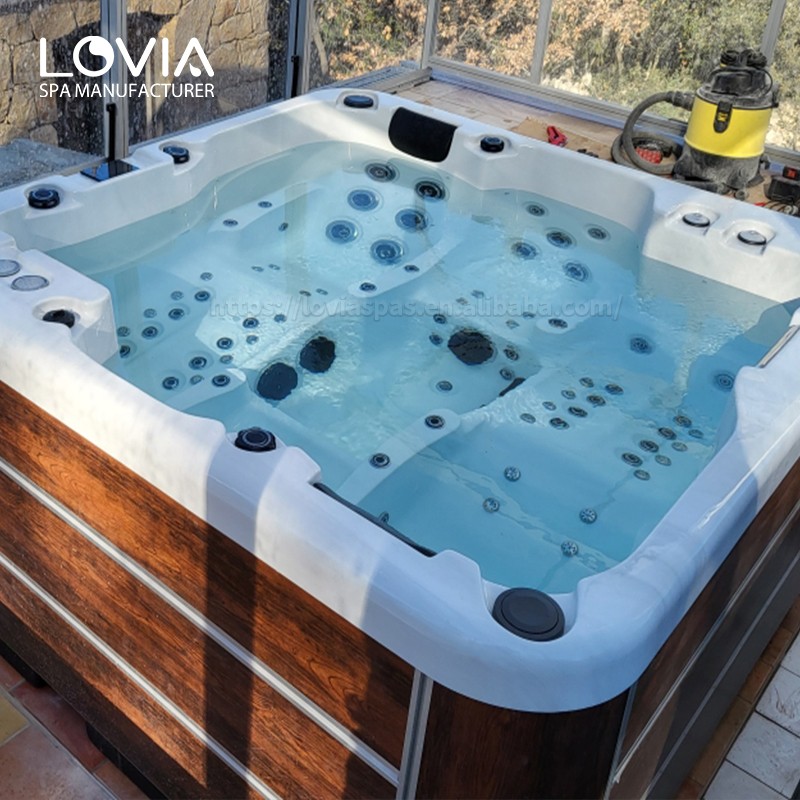
What are the main differences between pool shock and spa jacuzzi bathtub shock?
Although pool shock and spa jacuzzi bathtub shock are similar in function, there are some key differences in their operation and use due to the different water environments of the two bodies of water.
1. Water volume and dosage
The most significant difference between pool and spa jacuzzi bathtub in the shock treatment process is the difference in water volume.
● Pool shock: The water volume of a swimming pool is usually very large, ranging from several thousand liters to tens of thousands of liters. Therefore, the amount of chemicals required for shock treatment is also relatively large. For example, in a standard home swimming pool, hundreds of grams or even thousands of grams of shock agent may be required to ensure that the concentration of disinfectant in the water reaches the required level.
● Spa jacuzzi bathtub shock: The water volume of a spa jacuzzi bathtub is smaller, usually only a few hundred liters to a thousand liters. Due to the small water volume, the dosage of chemicals required for shock treatment is also lower. When shocking a spa jacuzzi bathtub, excessive use of shocking agents can cause chemical imbalances in the water, which may cause skin and eye irritation and even damage to the equipment.
Therefore, when performing shock treatment, users must accurately calculate the required chemical dosage according to the size of the water body to avoid over- or under-treatment.
2. Difference in water temperature
Another significant difference is the water temperature. The water temperature of swimming pools is usually low, especially outdoor swimming pools, and the water temperature is generally maintained at around 21°C to 27°C. The water temperature of spa jacuzzi bathtubs is much higher, usually between 37°C and 40°C.
● Effect of water temperature in pool shock: At lower water temperatures, disinfectants (such as chlorine) decompose more slowly, so the shock treatment effect in a pool usually lasts longer. Colder water bodies can maintain the bactericidal effect longer under the action of high concentrations of chlorine, which makes the frequency of pool shock relatively low.
● Effect of water temperature in spa jacuzzi bathtub shock: The high temperature of the spa jacuzzi bathtub accelerates the decomposition and evaporation of chlorine or other chemicals. Due to the high water temperature, the disinfecting effect of chemicals lasts for a shorter period of time, which means that more frequent shock treatments are needed. Especially in spa jacuzzi bathtubs that are frequently used or shared by multiple people, bacteria and organic matter in the water accumulate faster, and the shock frequency should be increased accordingly.
3. Types of shock agents
Although similar chemicals can be used for shock treatment of swimming pools and spa jacuzzi bathtubs, in actual applications, the type of shock agent selected may vary depending on different water quality requirements and usage environments.
● Pool shock: Pool shock usually uses chlorine shock agents such as calcium hypochlorite (Ca(OCl)₂) or sodium dichloroisocyanurate. These chlorine chemicals can quickly increase the chlorine content in the water and kill bacteria and viruses. Due to the large water body of the swimming pool, the volatility of chlorine will not have a significant impact on users.
● Spa jacuzzi bathtub shock: For spa jacuzzi bathtubs, many users tend to choose non-chlorine shock agents such as persulfates (potassium persulfate) or hydrogen peroxide-based oxidants. This is because chlorine chemicals are more volatile at high temperatures and may cause a pungent chemical odor or cause skin and eye irritation. Non-chlorine shock agents are equally effective in oxidizing organic matter and killing bacteria, but do not release free chlorine, making them suitable for users who are sensitive to chlorine odor.
4. Frequency of use
Pools and spa jacuzzi bathtubs also differ in frequency of use and maintenance requirements.
● Frequency of pool shocks: Pool shocks are usually performed less frequently, depending on usage, weather conditions, and water quality. Generally, shock treatments are performed once every one to two weeks. In cases of high frequency of use or hot weather, shock frequency may need to be increased.
● Frequency of spa jacuzzi bathtub shocks: Because spa jacuzzi bathtubs have a smaller water volume, higher water temperature, and are usually enclosed in a limited space, bacteria, algae, and organic matter accumulate quickly, so shock treatments are required more frequently. Shock treatments are usually recommended once a week, or immediately after multiple people use them to keep the water clean.
5. Maintenance of water chemical balance
The water quality maintenance of swimming pools and spa jacuzzi bathtubs not only depends on shock treatment, but also needs to maintain the chemical balance of the water. pH, alkalinity and hardness are crucial in both, but the difficulty of maintaining the chemical balance of the water body varies due to differences in water volume, temperature and use environment.
● Chemical balance of swimming pool water: The water volume of the swimming pool is large and the chemical balance is relatively stable. After shock treatment, the water quality fluctuates less and the recovery time is longer. Therefore, it is only necessary to check the pH value and alkalinity regularly after shock treatment.
● Chemical balance of spa jacuzzi bathtub water: The chemical balance of spa jacuzzi bathtub water is more susceptible to shock agents. Due to the small amount of water, any slight change in the amount of chemicals will cause large fluctuations in pH and alkalinity. Therefore, it is necessary to detect and adjust the water quality in time after shock treatment to ensure the safety and comfort of the water body.
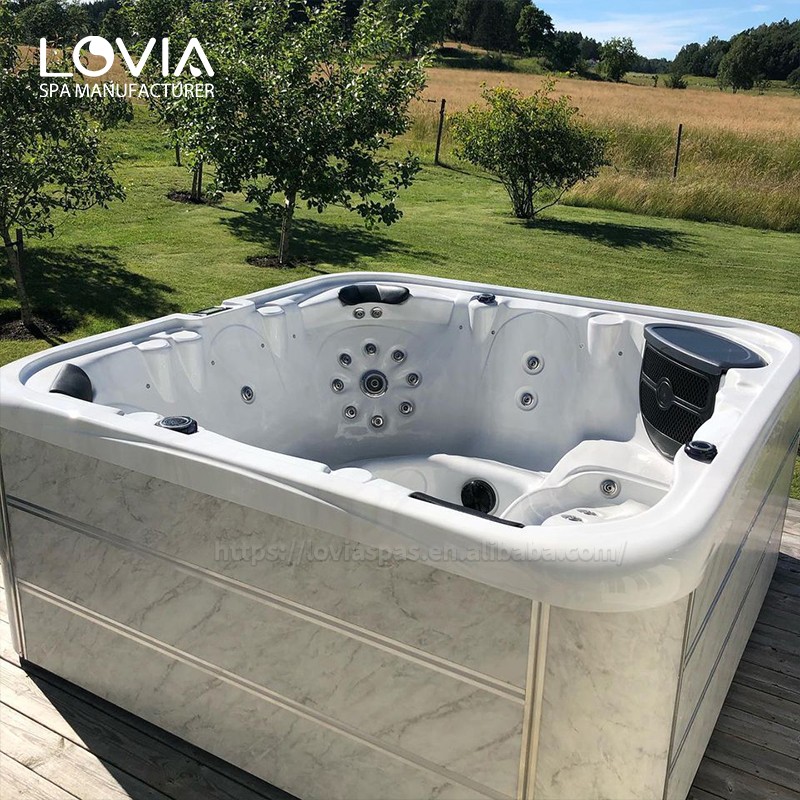
What makes your spa products different from other suppliers in China?
Guangzhou HuanTong is not just another spa manufacturer. With over 35 years of experience, our factory focuses on high quality craftsmanship, certified components, and innovative designs. We support wholesale purchasing, customized branding, and offer low prices without compromising quality. Our CE, ETL, and ISO9001 certifications ensure each product meets international standards, and our large-scale production allows us to offer consistent supply and competitive quotes to global clients.


